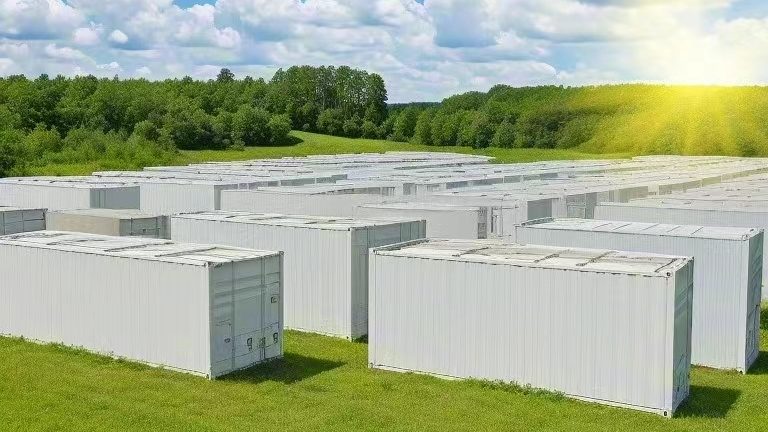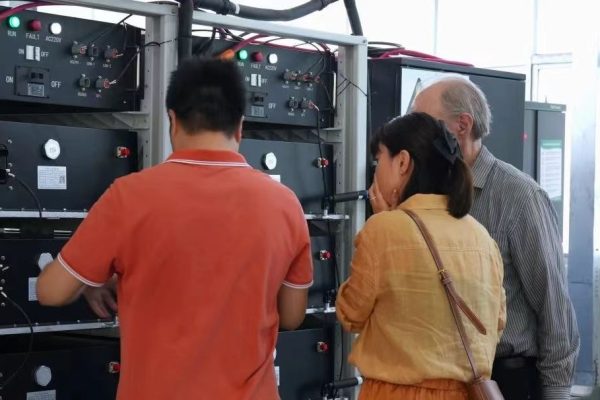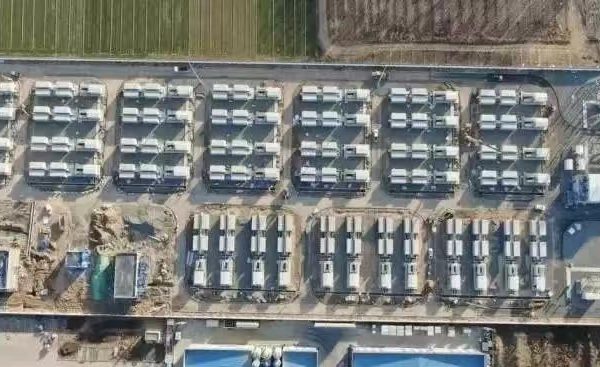How to Design and Configure Systems That Respect Local Export Rules
As more countries deploy distributed solar and storage, utilities are increasingly enforcing export limits on PV systems—especially in residential and light commercial sectors. In this context, understanding export limiting becomes essential for installers, system integrators, and exporters alike.
This article breaks down what export limiting is, why it matters, and how to implement it properly in PV+ESS systems.
⚡ What Is Export Limiting?
Export limiting is the process of restricting the amount of power a solar/storage system can feed into the public grid. This is typically required by:
- Utility regulations
- Grid interconnection agreements
- Technical constraints on local transformers or feeder lines
🔌 Common Export Rules by Region
| Region | Common Rule |
|---|---|
| Australia | Export limited to 5 kW per phase |
| UK (G98/G99) | Limited export without DNO permission |
| South Africa | Export = 0 (zero feed-in allowed) |
| Middle East (varied) | Export often discouraged or forbidden |
In some cases, zero-export is required, meaning the system must not feed any electricity into the grid.
🧩 How Export Limiting Works in PV+ESS
To manage export, your system must be able to monitor grid flow in real-time and adjust inverter output dynamically.
Key Components:
- Current Transformers (CTs) or Energy Meters
– Measure import/export at the grid point - Hybrid Inverter or EMS
– Receives CT feedback
– Limits PV or battery discharge based on rules - Firmware Settings
– Most modern inverters allow export limits to be set in the menu or app
⚠️ Not all inverters support zero-export out of the box. Always check product specs.
🔄 Export Limiting in Different Scenarios
✅ PV-Only System
- Inverter output throttled based on CT readings
- May lead to some solar curtailment
✅ PV + Battery System
- Excess PV goes into battery first
- Only remaining excess is exported (or blocked if not allowed)
🔋 This makes hybrid systems more grid-friendly and improves PV utilization.
🔧 Implementation Tips for Installers and Exporters
1. Use Precise CT Placement
- CTs should be installed at the point of grid connection
- Must be oriented correctly (check arrow direction)
- Use shielded cable for CT-to-inverter wiring to avoid noise
2. Pre-Configure Inverter Export Settings
- Many inverters allow export limits to be set via:
- LCD menus
- RS485/Modbus registers
- Wi-Fi apps or remote monitoring tools
🎯 If you’re shipping to a regulated market, pre-setting export values can reduce post-sale support calls.
3. Choose Inverters with Certified Export Control
- Look for compliance with standards like:
- AS/NZS 4777 (Australia)
- G98/G99 (UK)
- UL 1741 SA (USA)
- Also verify if the inverter can limit combined export from multiple units (important in parallel systems)
🧠 Example: Zero-Export in a 10kW PV+Storage System
| Parameter | Value |
|---|---|
| Inverter Capacity | 10kW hybrid |
| Battery Storage | 15kWh LFP |
| Export Rule | Zero-export required |
| Control Method | Dual CT sensors, EMS logic |
During peak solar production:
- PV charges battery
- Excess PV is curtailed
- Grid sees zero export
During load peaks:
- Battery supports load
- Grid import only occurs when battery is low
✅ No export violation, while maximizing self-use of solar energy.
📉 Consequences of Ignoring Export Rules
- Regulatory fines or disconnection
- Project rejection during grid approval
- Loss of client trust or warranty claims
If you’re an exporter, helping clients meet local export limits can be a major selling point.
🛠️ Practical Advice for SMEs and EPCs
- Bundle CT meters with your inverter kits
- Train local installers on proper zero-export commissioning
- Offer remote monitoring options that show export compliance
- Provide region-specific configuration sheets in your documentation
Export limiting is no longer optional—it’s part of grid compliance in many growing markets. Whether you’re serving residential rooftops or small C&I installations, designing for export control from the start is key to avoiding delays, rework, or grid rejection.
For technical traders and EPCs, the ability to configure and explain export limiting is a real market advantage.









